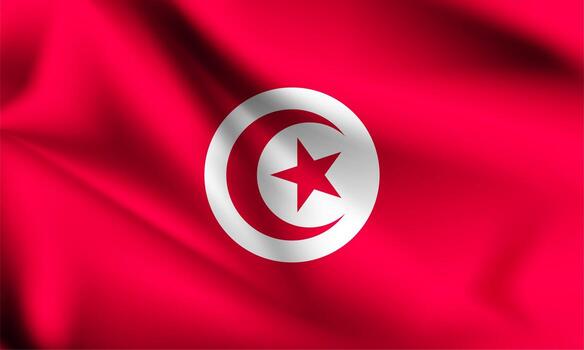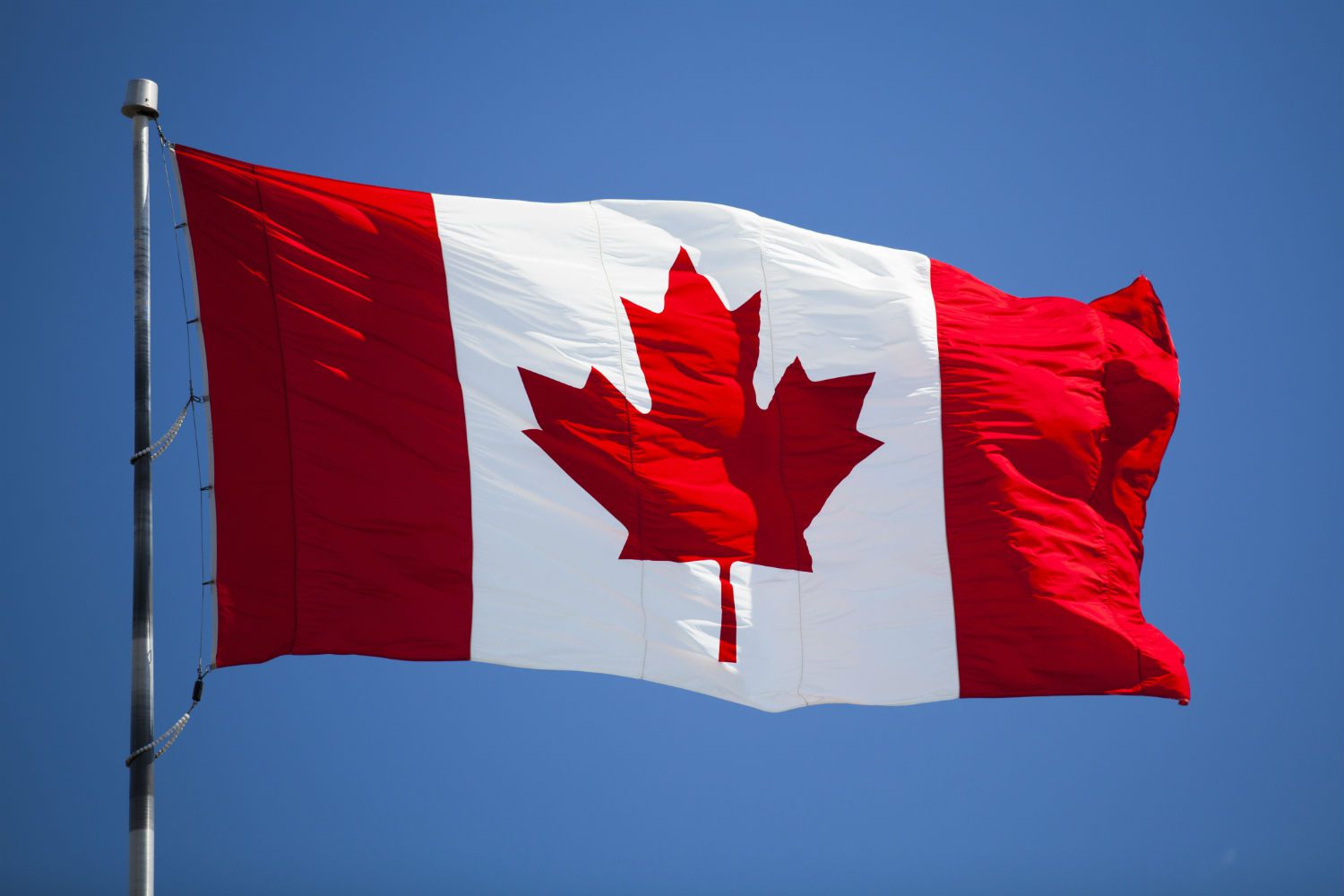Croatia's payment system has changed a lot in the past few years. It joined the Single Euro Payments Area (SEPA), quick payment systems were made, and mobile banking grew more popular. All of these changes are making it easier to do business in Croatia and around the world by changing how money flows through the Croatian banking system. Croatia is moving towards a more digitalised financial system and is becoming more like the rest of Europe as it modernises its payment rails.
SEPA in Croatia
The most essential thing about this modernisation is that Croatia joined SEPA, a payment system that links 36 European nations. SEPA creates a unified euro payments market with the same laws, infrastructure, and standards, which makes it easy to make cashless payments across borders. The National Payment System Committee (NPSC) helped Croatia commence its national SEPA project in April 2013. By modernising infrastructure and altering the rules for payment methods, this initiative brought together domestic Kuna and Euro transactions on one platform. This integration was not just important from a technical point of view, but it was also part of a plan to get Croatia ready for the euro to become the country's official currency on January 1, 2023.
The SEPA Direct Debit (SDD) and the SEPA Credit Transfer (SCT) are the two major ways to make SEPA payments. In an SDD, the person who gets paid starts the payment with the payer's approval. In an SCT, the person who is paying tells their payment service provider to put money into the beneficiary's account. These rules are the same for all service providers in SEPA; thus, they must all observe them.
The EuroNCS payment system, which handles euro credit transfers in accordance with SCT regulations, and TARGET2-HR, a national part of the pan-European TARGET2 system that guarantees settlement within EuroNCS, both made the operational framework for clearing and settlement in Croatia even stronger. EuroNCS was introduced in June 2016, and TARGET2-HR in February 2016. These infrastructures worked together to make SEPA in Croatia a modern system by making sure it could connect to the wider European banking network and making it just as easy to send money across borders as it is to send money within the country.
Also read: Sweden’s Payment Rails & How They Work – Swish, Bankgirot & The Cashless Society
Fast Payments in Croatia
The rise of immediate payments, which let people send and get money practically instantly every day of the year, was a huge stride forward. Fina initiated the NCSInst program in October 2020. This was the first time Croatia had anything to do with this field. The SCT Inst framework was made by the European Payments Council. In January 2023, the initiative got a new name: EuroNCSInst. This technology lets you make payments in as little as five seconds, and banks that get the money have to credit accounts nearly right away. There are seven people using the Croatian quick payments system as of August 2024. You can only send up to HRK 100,000.
Big banks, including Zagrebačka banka, have introduced these elements to their online services. They let you send money right away using e-zaba (internet banking) and m-zaba (mobile banking). Regulations are vital since they make sure that the fees for instant transfers don't go up more than the fees for ordinary transactions. This makes more people want to utilise them. This innovative notion is essential not only because it's quick and easy, but also because it could revolutionise how Croatians think about paying for things.
Regulatory momentum is making adoption happen even faster. The European Union passed a new rule in 2024 that will go into effect in two parts in 2025. It will make it easier to send euros instantly. Starting on January 9, 2025, payment service providers in Croatia will have to accept SEPA instant payments that come in. They will also have to support outgoing instant payments starting on October 9, 2025. To keep things safe, institutions will have to check their client databases against sanctions lists every day. Because of this drive from the government, instant payments will soon be a normal component of both local and international transactions in Croatia.
Croatian Mobile Banking
Croatia's journey to digital payments is also different since mobile banking is growing so quickly. Because more people are acquiring smartphones and the internet is easier to access, more and more people in Croatia are using mobile banking to pay for products. By 2024, 49% of people and 69% of enterprises will use the internet to do their banking. A lot of people and businesses use mobile banking. 63% of people and 65% of businesses did. In 2023, almost half of customers and more than a third of enterprises had mobile banking accounts that were still active. This shows that the trend is still going up.
With mobile banking apps, customers can link their credit, debit, or bank accounts and make transactions immediately from their phones or tablets. Using secure passwords, PINs, or biometric verification is a common way to prove your identity. More and more Croatians are utilising mobile banking since it is safe and simple to use. Mobile payment solutions still have a long way to go before they reach their full potential. According to estimates, more than 87% of individuals will have a smartphone by 2028. The Croatian government has also supported this trend by encouraging cashless transactions, which makes it easier for more individuals to use digital financial services.
Opinions on card payments and consumer trends
SEPA, rapid transfers, and m-banking have all made things easier, but cash is still the most prevalent means of payment in Croatia, especially among older people and in rural areas. But payments made with cards and electronics are gradually becoming more popular. By 2024, Croatian card transactions are estimated to reach $24.2 billion a year, with a compound annual growth rate of more than 12% between 2024 and 2028. More than 80% of all transactions are made with debit cards, which are the most popular type of card.
Contactless payments are also becoming more common since more contactless cards are being made. There were 5.7 million contactless cards in 2020, but by 2024, there were around 6.4 million. People are more comfortable with this technology and utilise it more quickly thanks to public transport programs like contactless EMV ticketing systems. These figures suggest that Croatia's way of paying is changing. People still use cash, but in cities and among younger people, digital and card-based payments are certainly getting more popular.
Also read: Greece’s Payment Rails & How They Work – SEPA, DIAS & Digital Wallet Expansion
The Financial Technology Scene in Croatia
Also, the financial environment in Croatia is growing swiftly, which makes these developments even better. It is anticipated that digital payments will be valued $5.65 billion by 2027. In 2023, the neo-banking industry alone made more than 50% more money than the year before. Younger, tech-savvy consumers love fintech solutions like "Buy Now, Pay Later" (BNPL) since they offer flexible financing alternatives and don't require a lot of paperwork to get started. Even said, EU rules for the BNPL market require that suppliers must evaluate their clients' creditworthiness and make the fees known.
There are still issues, especially with data security and privacy. People are still apprehensive about the safety of their personal and financial information when they buy things online. Businesses also have to pay a lot to process payments. For example, interchange fees are greater than the EU average, and there are extra fees for international and cross-border transactions. But there are still a lot of prospects for growth, innovation, and international expansion in Croatia's fintech sector, especially for companies that can deal with these issues efficiently.
Future Outlook
Croatia hasn't completely switched to digital payments yet. We may assume that more fintech platforms will work together, that the government will keep a closer eye on how people protect their computers, and that more people will use SEPA fast payments. As mobile banking grows, banks and fintechs need to work on making things easier for companies while simultaneously cutting their expenses.
Transfi, a worldwide payments infrastructure provider, is a significant component in helping businesses make this transformation. Transfi helps businesses in Croatia's burgeoning digital economy by making cross-border transfers easier, cutting the cost of processing payments, and providing scalable solutions for SEPA fast transfers. A Transfi expert may give firms that wish to make payments easier and expand abroad specific assistance.
Conclusion
Croatia must digitise payments to fulfil modern European banking requirements. Croatia's payment systems are getting better and more accessible thanks to SEPA integration, which makes sure that payments can be made across borders; fast payments, which modify what consumers expect in terms of speed and accessibility; and the growing popularity of mobile banking. Cash is still significant in many cultures, but card payments and fintech solutions are also helping to bring things up to date.
There are still issues with security, pricing, and getting people in remote regions to use the systems, but it's clear what has to happen: Croatia's banking and payment systems need to be more innovative, digital, and connected to the European financial system. This is a concern for businesses and banks, but it might also be a chance for them. It needs careful preparation, the use of modern technologies, and advice from professionals.
FAQs:
1. When did Croatia start utilising SEPA?
Croatia has to meet SEPA requirements by October 31, 2016, because it launched its SEPA project in April 2013.
2. How do Croatian fast payments work?
Instant payments from EuroNCSInst are limited to HRK 100,000 per transaction, are processed 24 hours a day, seven days a week, and are cleared in five seconds.
3. How often do Croatians use their phones to do banking?
In Croatia, 65% of enterprises and 63% of the population were using mobile banking by 2024.
4. What do cards do in Croatia's payment system?
Most card payments are performed with debit cards or transactions that don't require a PIN. These payments are estimated to be approximately $24.2 billion in 2024.
5. What are digital payments like in Croatia?
Experts predict that by 2027, digital payments in Croatia will be valued at $5.65 billion. More individuals will use cellphones, fintech will expand, and instant transfers will become more common.
Daftar Isi
Artikel yang Disarankan
Jelajahi produk kami

Lakukan pembayaran global dengan kecepatan klik

Terima pembayaran, hapus batas.

Buka Transaksi Mata Uang Digital yang Mulus Di Mana Saja








.png)














